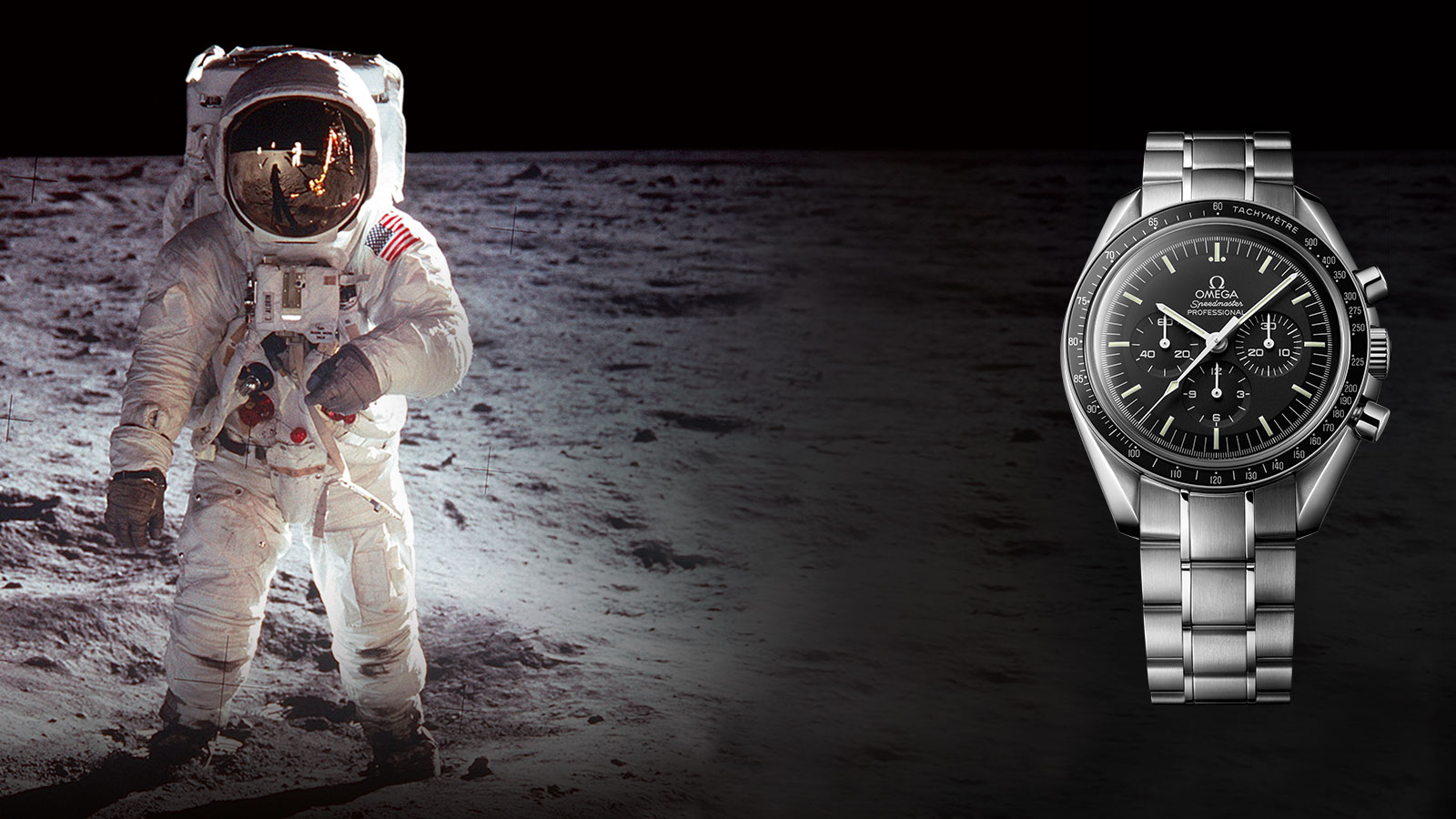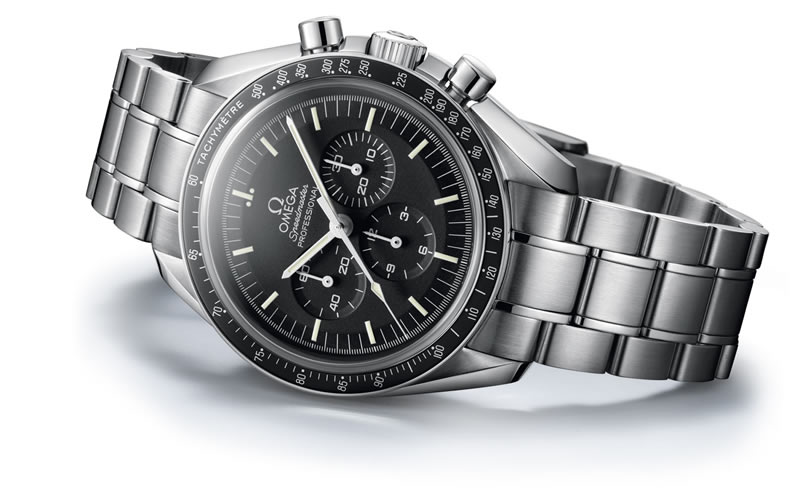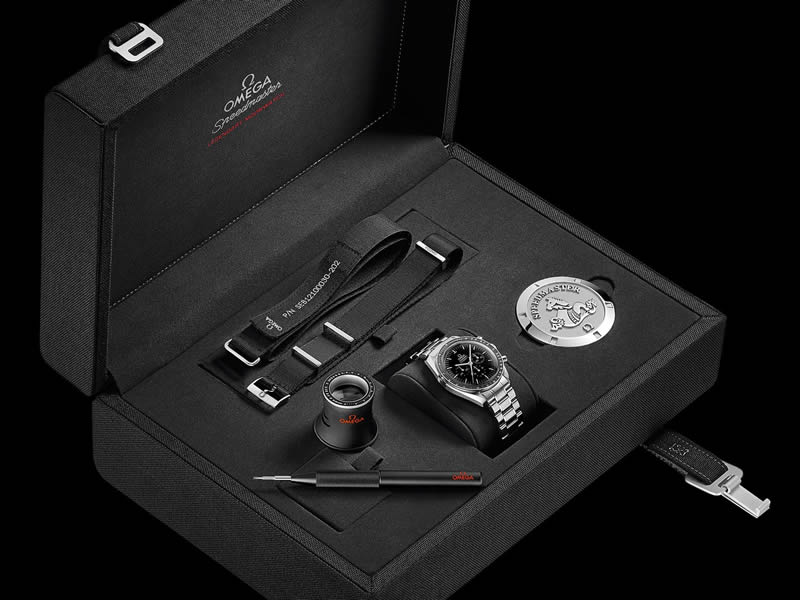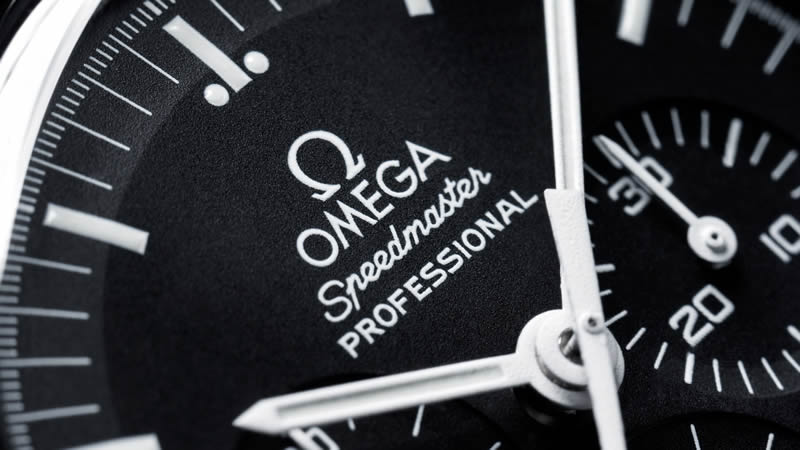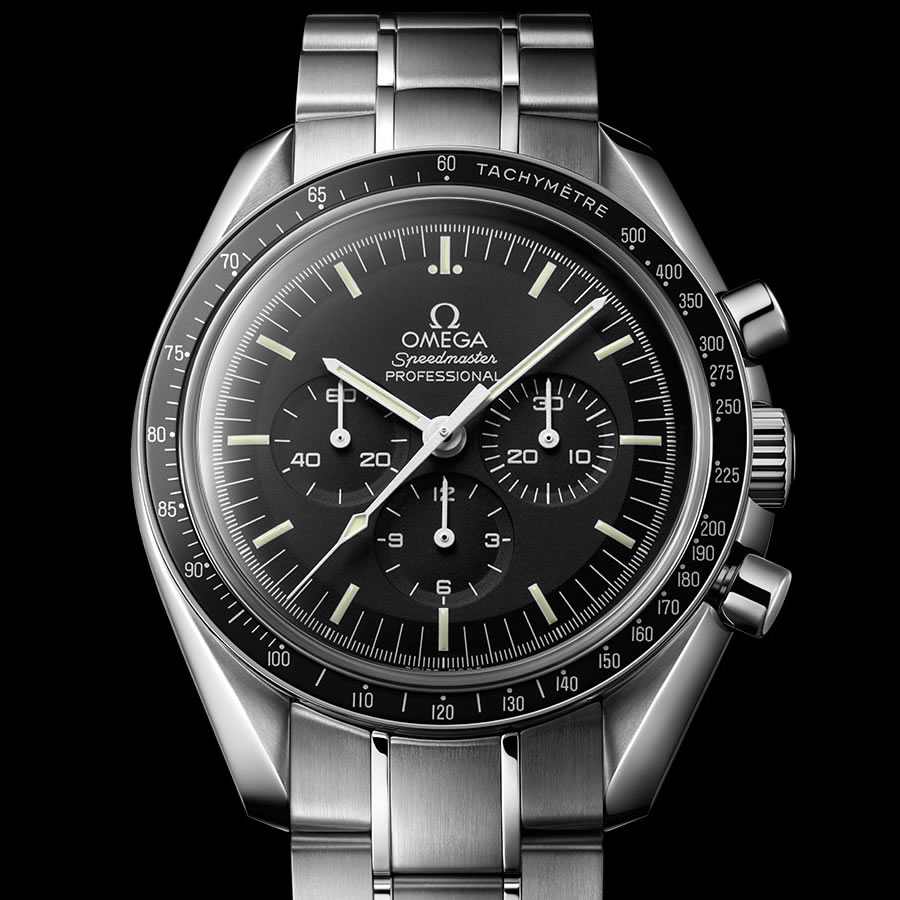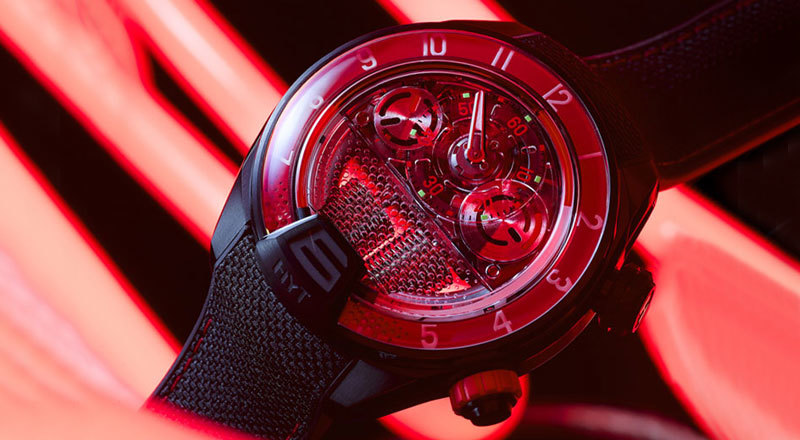For well over half a century, the OMEGA Speedmaster has witnessed events that have tested the limits of physical endurance and human courage, including the first manned lunar landing in July of 1969 and every one of NASA’s piloted missions since March of 1965.
THE WORLD’S MOST FAMOUS CHRONOGRAPH
The OMEGA Speedmaster Professional Chronograph has a unique place in the history of space exploration as the only piece of equipment used in all of NASA’s piloted space missions from Gemini to the current International Space Station program. When Buzz Aldrin stepped on the lunar surface in 1969, he was wearing a Speedmaster Professional, the chronograph that has been known as the Moonwatch ever since.
“…the timepiece became known as The Moonwatch, the first watch worn on the Moon.”
SPECIAL PRESENTATION BOX
Each of the four timepieces in this family is offered with a special presentation box which includes two additional straps – a “NATO” strap and a strap for astronauts. A tool to change the bracelets and instructions for how to do so are also included along with a Speedmaster loupe, a metal plate and a book highlighting the adventures of the Speedmaster.
EARNING A NICKNAME: “WE CHOOSE TO GO TO THE MOON…”
President John F. Kennedy’s challenge to send an astronaut on the Moon was particularly audacious considering that when he first voiced it, only one American had been in space for a grand total of 15 minutes and 28 seconds. When Buzz Aldrin stepped onto the lunar surface in July of 1969, the OMEGA Speedmaster Professional earned its distinctive nickname, The Moonwatch.
A CLASSIC MOVEMENT
Since its introduction in 1957, the Speedmaster has been characterized by its precision, readability and robustness. Until 1968 it was powered by the calibre 321 which was later changed to calibre 861. This was replaced with an enhanced version when OMEGA introduced a high-grade rhodium-plated finish on the movement, resulting in calibre 1861 and the more embellished 1863, both of which are hand-wound. Today, the timepiece is powered by virtually the same hand-wound movement that powered the timepieces NASA’s astronauts wore on the Moon.

